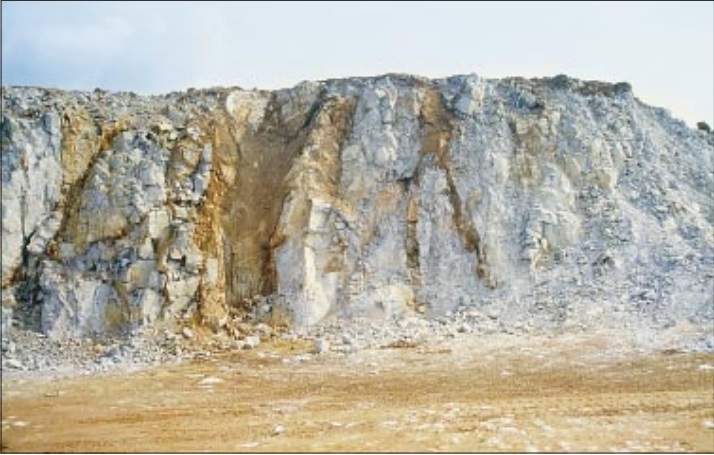The Evolution of Karst and Caves in the Koněprusy Region (Bohemian Karst, Czech Republic), Part III: Collapse Structures
DOI:
https://doi.org/10.3986/ac.v29i2.447Povzetek
Vertikalne in subvertikalne cevi so okroglih do ovalnih oblik, med 2-4 do nekaj 10 m v premeru in globoke do 82 m. Nekatere se v dnu končajo z vodoravnimi jamskimi rovi. Cevi zapolnjujejo težko določljive sedimentne sekvence z jasno razvitimi udornimi strukturami. Zapolnitve sestavljajo predcenomanijske, cenomanijsko-turonijske in terciarne odkladnine. Notranja sestava teh zapolnitev kaže na večkratno udiranje. Kredne in predkredne odkladnine so pogosto subvertikalne in imajo neurejeno notranjo strukturo. V prednjih delih nekaterih cevi so sledi manjših udorov, ki sta jih najbrž povzročila nadaljnje zakrasevanje in sufozija v globini. Pokrov terciarnih odkladnin na krednih je ponekod pretrgan in kaže rahel sredobežni naklon, ponekod pa zapolnjuje osrednji del podorne mase. Nastanek teh korozijskih cevi je v zvezi s hidrotermalno dejavnostjo, verjetno od paleogena do miocena, ko je bilo apniško površje še prekrito z rahlo erodiranim pokrovom zgornjekrednih sedimentov platforme. Hidrotermalne kraške oblike so se razvile do vrha apnencev, saj je bila piezometrična gladina v krednem pokrovu. Ko je podpora vodnega pritiska popustila, se je sedimentni pokrov pričel zniževati - udirati.
Vertical and subvertical pipes are circular to ovate in shape with diameters from 2-4 m up to tens of metres and with proven depth up to 82 m. Some of them terminate by horizontal cave levels at depth. Pipes are filled with complicated sedimentary sequences with clearly developed collapse structures. The fill is composed of pre-Cenomanian, Cenomanian-Turonian and Tertiary deposits. Internal structures of the fill indicate multiphase collapses. Cretaceous and pre-Cretaceous deposits are often subvertical with chaotic internal texture. In the centre of some of pipes, there are traces of younger collapses, most probably induced by continuing karstification and suffosion at depth. Tertiary deposits overlay the Cretaceous ones unconformably; they show gentler centripetal inclination, but in places they fill the central parts of collapsed fill. The origin of solution pipes is connected with hydrothermal activity most probably during Paleogene to Miocene, when the surface of limestones was still covered by slightly eroded cover of Upper Cretaceous platform sediments. Hydrothermal karst forms developed up to the surface of limestones as the piezometric level was situated within the Cretaceous cover. After the lost of buoyancy support of water, sedimentary cover started to move (collapse) down.
Prenosi

Prenosi
Objavljeno
Kako citirati
Številka
Rubrike
Licenca
Avtorji jamčijo, da je delo njihova avtorska stvaritev, da v njem niso kršene avtorske pravice tretjih oseb ali kake druge pravice. V primeru zahtevkov tretjih oseb se avtorji zavezujejo, da bodo varovali interese založnika ter da bodo povrnili morebitno škodo.
Podrobneje v rubriki: Prispevki




